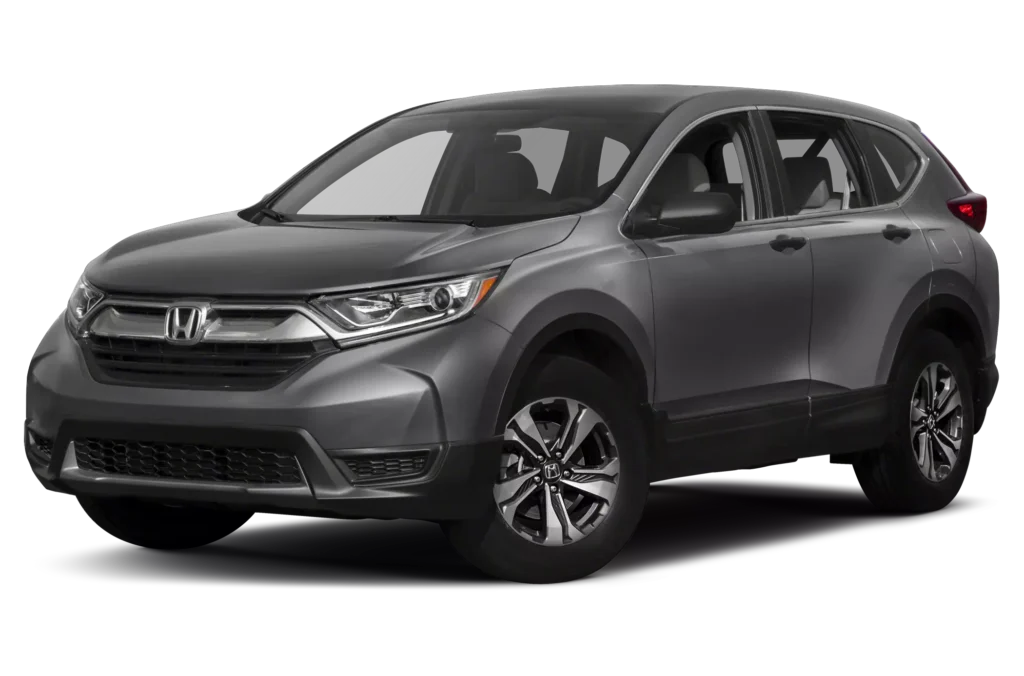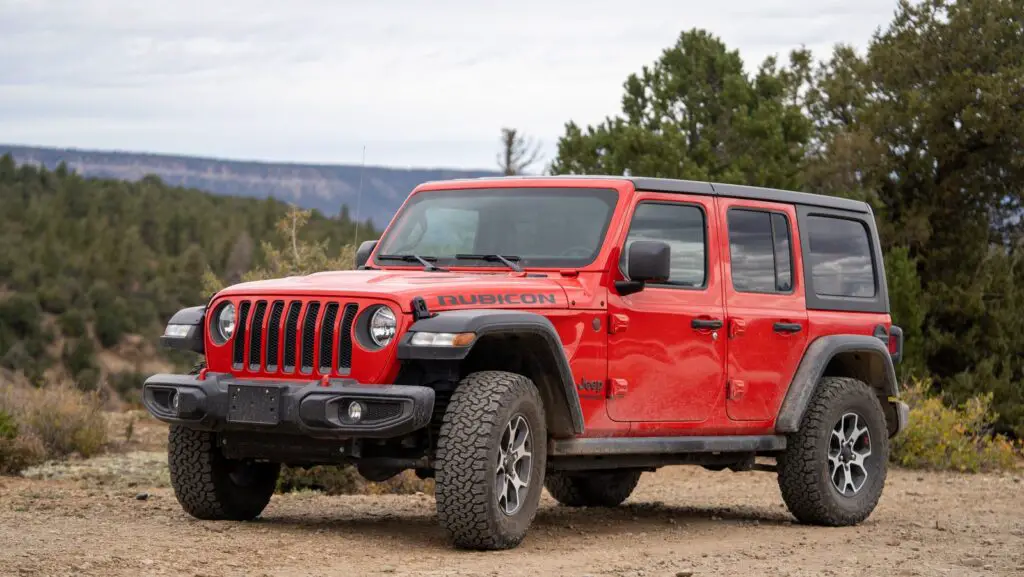In the automotive world, two terms that often cause confusion are CUV and SUV. While they might seem similar at first glance, there are distinct differences between these two types of vehicles. Let’s delve into the world of CUVs and SUVs to understand what sets them apart.
| Feature | CUV | SUV |
|---|---|---|
| Definition | A vehicle that blends features of SUVs and smaller cars/hatchbacks | A vehicle built on a truck chassis with a body-on-frame construction |
| Construction | Unibody construction | Body-on-frame construction |
| Size and Space | Generally smaller and more compact with less interior space and cargo capacity | Larger size with ample interior space and cargo capacity |
| Fuel Efficiency | Better fuel efficiency due to smaller size and lighter weight | Lower fuel efficiency due to larger engines and higher weight |
| Off-Road Capabilities | Limited off-road capabilities, better suited for on-road driving | Superior off-road performance with advanced four-wheel-drive systems |
| Driving Experience | Smoother, more car-like handling and maneuverability | More robust feel, higher ground clearance, and commanding view of the road |
| Towing Capacity | Smaller towing capacity | Higher towing capacity |
| Popular Examples | Honda CR-V, Toyota RAV4, Ford Escape | Jeep Wrangler, Chevrolet Tahoe, Toyota Land Cruiser |
What are CUVs?
Definition: CUV stands for “Crossover Utility Vehicle.” These vehicles are designed to blend the features of traditional SUVs with those of smaller cars or hatchbacks. They typically utilize a unibody construction, which means the body and frame are integrated into a single structure.
Characteristics: CUVs are known for their car-like handling and smoother ride compared to traditional SUVs. They often feature a lower ground clearance and more compact dimensions, making them easier to maneuver in urban environments. CUVs also tend to prioritize fuel efficiency over rugged off-road capabilities.
Examples: Popular CUV models include the Honda CR-V, Toyota RAV4, and Ford Escape.

What are SUVs?
Definition: SUV stands for “Sports Utility Vehicle.” These vehicles are built on a truck chassis, known as body-on-frame construction, providing them with a more robust and durable frame compared to CUVs.
Characteristics: SUVs are characterized by their larger size, higher ground clearance, and more rugged design. They often come with all-wheel or four-wheel-drive systems, making them suitable for off-road adventures and towing purposes. SUVs are favored by those seeking ample cargo space and the ability to tackle various terrains.
Examples: Iconic SUVs include the Jeep Wrangler, Chevrolet Tahoe, and Toyota Land Cruiser.

Key Differences Between CUVs and SUVs
Size and Space:
CUVs are generally smaller and more compact than SUVs, offering less interior space and cargo capacity.
Fuel Efficiency:
Due to their smaller size and lighter weight, CUVs tend to be more fuel-efficient compared to SUVs, which typically have larger engines and higher fuel consumption.
Off-Road Capabilities:
SUVs excel in off-road performance, thanks to their rugged construction and advanced four-wheel-drive systems, while CUVs are better suited for on-road driving and occasional light off-roading.
Driving Experience:
CUVs provide a smoother and more car-like driving experience, with better handling and maneuverability, whereas SUVs offer a commanding view of the road and a more robust feel behind the wheel.
Pros and Cons of CUVs
Advantages:
- Better fuel efficiency
- Easier to park and maneuver
- Comfortable ride quality
Disadvantages:
- Limited off-road capabilities
- Less cargo space compared to SUVs
- Smaller towing capacity
Pros and Cons of SUVs
Advantages:
- Superior off-road performance
- Ample interior space for passengers and cargo
- Higher towing capacity
Disadvantages:
- Lower fuel efficiency
- Bulkier dimensions, harder to park in tight spaces
- Rougher ride quality on paved roads
Market Trends and Popularity
In recent years, CUVs have gained significant popularity due to their versatility, fuel efficiency, and car-like driving dynamics. They have become the go-to choice for many consumers seeking a practical and comfortable vehicle for daily use. However, SUVs continue to dominate certain segments of the market, especially among buyers who prioritize off-road capability and towing capacity.
Conclusion
In the debate between CUVs and SUVs, both vehicle types have their own set of advantages and disadvantages. The choice ultimately depends on the individual’s preferences, lifestyle, and driving needs. Whether you opt for the nimble handling of a CUV or the rugged versatility of an SUV, there’s a vehicle out there to suit every driver’s tastes.
Also Read:
- SUV vs. Hatchback: Making the Right Choice for Your Lifestyle
- How Do the Sizes of Lincoln SUVs Compare?
- 4×4 SUVs Explained: An Ultimate Guide to Off-Road Adventure


[…] Also Check Out: CUV vs SUV: Understanding the Difference […]